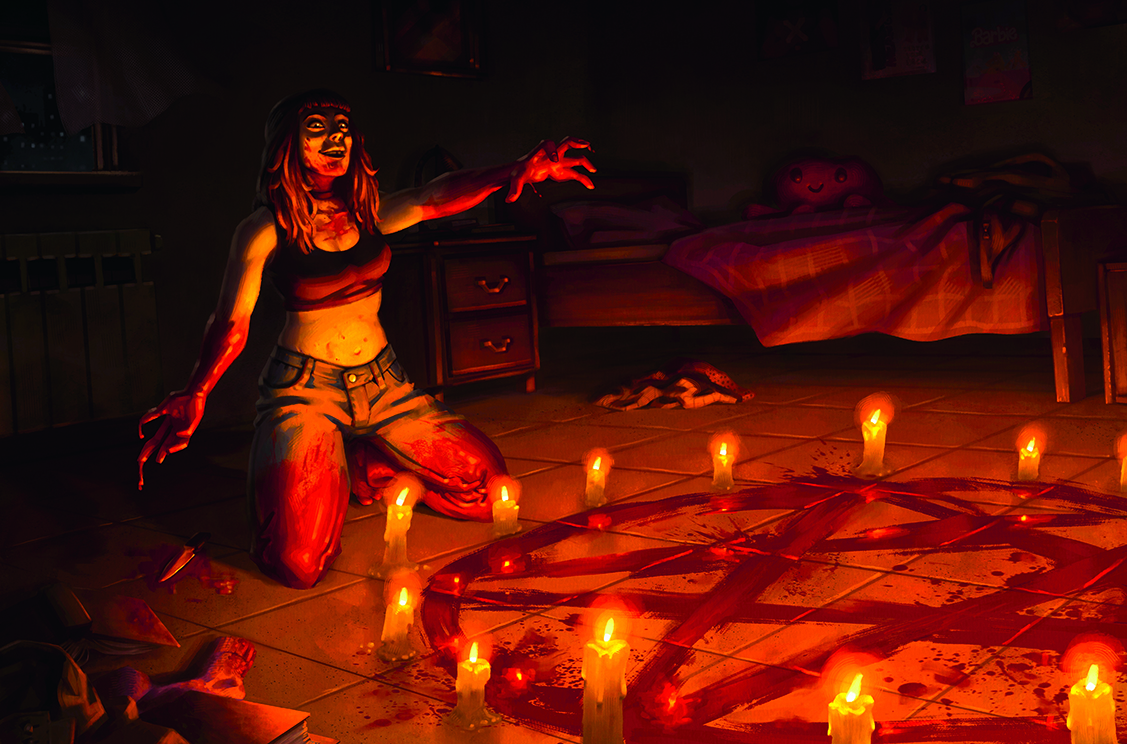4 ways to navigate rebrand challenges
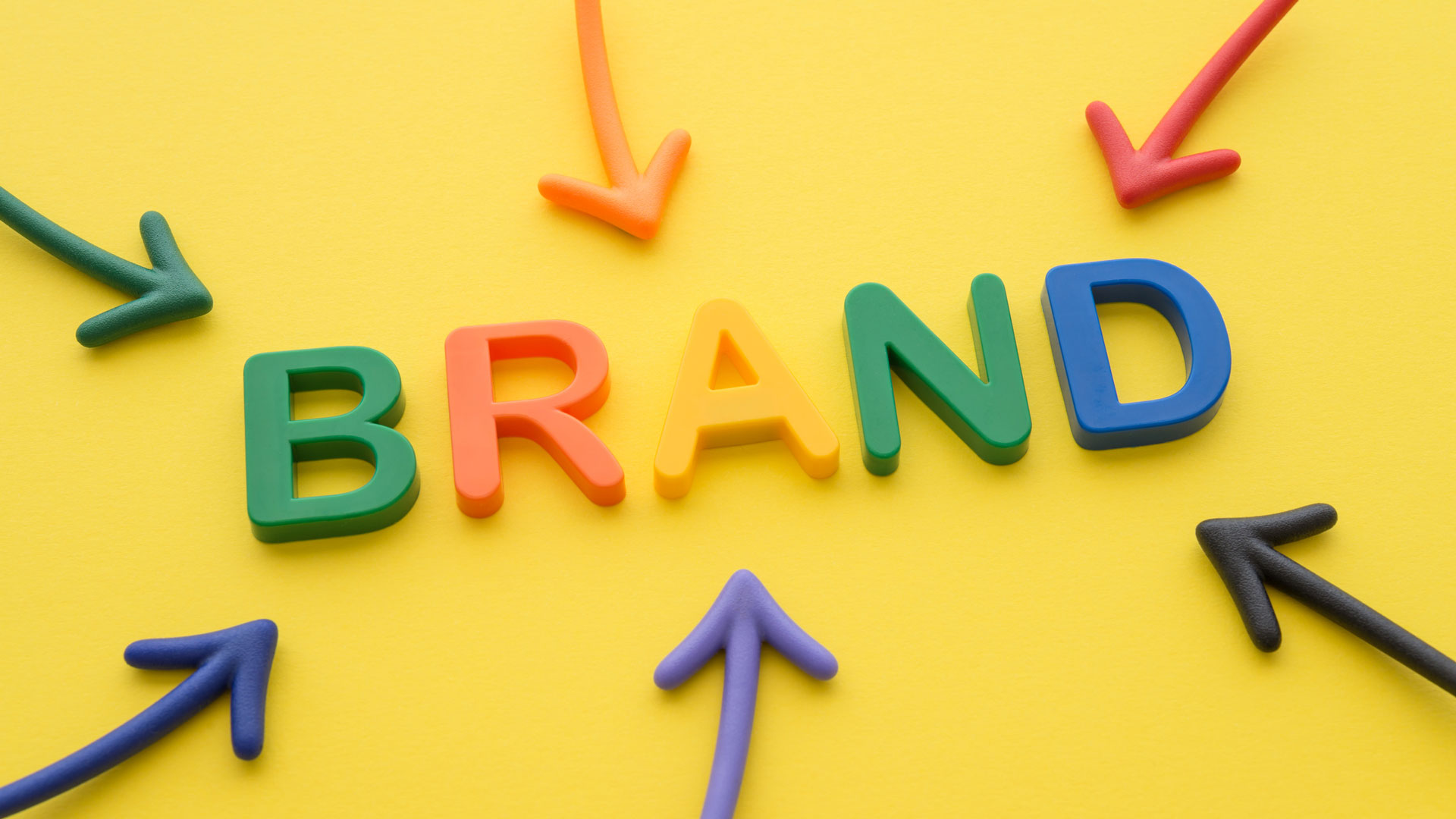
With the cost of rebranding estimated to be in the tens of thousands and the process expected to take up to eight months, it’s clear that reinventing your brand isn’t something to be taken lightly.
The process can be challenging from the start, from deciding who owns the rebrand to rallying everyone together. But what do you do if there’s a power struggle and you can’t secure buy-in from key stakeholders? And how do you create a result in which everyone can see themselves represented – a brand that captures an identity and showcases bold ambitions for the future?
The good news is that there are ways to navigate these challenges and optimise your working methods to cultivate a positive rebranding process. And with any luck you'll end up creating a solid branding scheme, perhaps even one of the best logos of the decade.
01. Bring teams together from the start
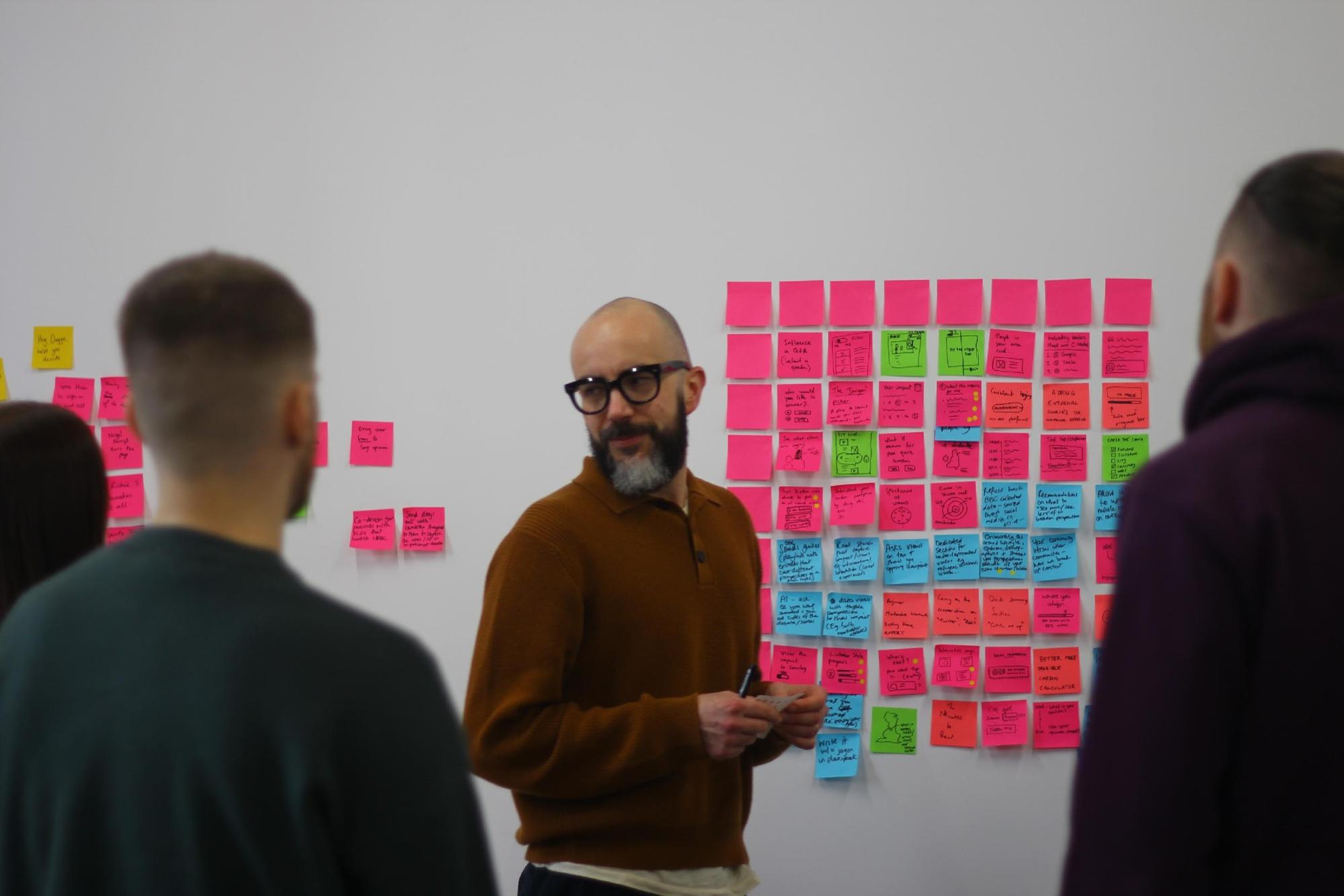
The idea for a rebrand can come from different places for various reasons. Previously, it was usually done by marketing or the managing director. But as brands try to become more flexible, it’s just as likely to emerge from another piece of business-critical work.
This could be design teams improving interfaces, product teams driving new customer experiences, or operations running a change programme. This means there’s not always a sole person or department responsible for a rebrand, and multiple stakeholders can manage different moving parts.
To make the rebranding process feel positive and inclusive from the get-go, it’s crucial to bring everyone together. And that means gathering people together in a room, with representation from the board, people who speak to customers, and those who talk to colleagues.
Kick things off properly, and don’t shy away from the negatives. It’s good to talk about what’s wrong and why it’s wrong. If you don’t address the elephant in the room at the start, it will raise its head at some point in the project. It’s crucial to let people have their say and be heard.
Daily design news, reviews, how-tos and more, as picked by the editors.
02. Look to the future
Be sure to end that initial session on a high. Make sure that each step in the process – a meeting, a workshop, or a research playback – ends with looking to the future. Think about where you’d like to get to, what it’ll be like when you get there and why it will be different. People need to leave feeling the momentum of the task at hand.
If you find that bringing people together has resulted in a power struggle, don’t panic. People need to have their say, and it’s okay to be attached to ideas, preferences, and priorities. Great work comes from people disagreeing by collaborating on perspectives and ideas.
What cannot happen is for the power struggle to derail the process – when people become inflexible, problems surface.
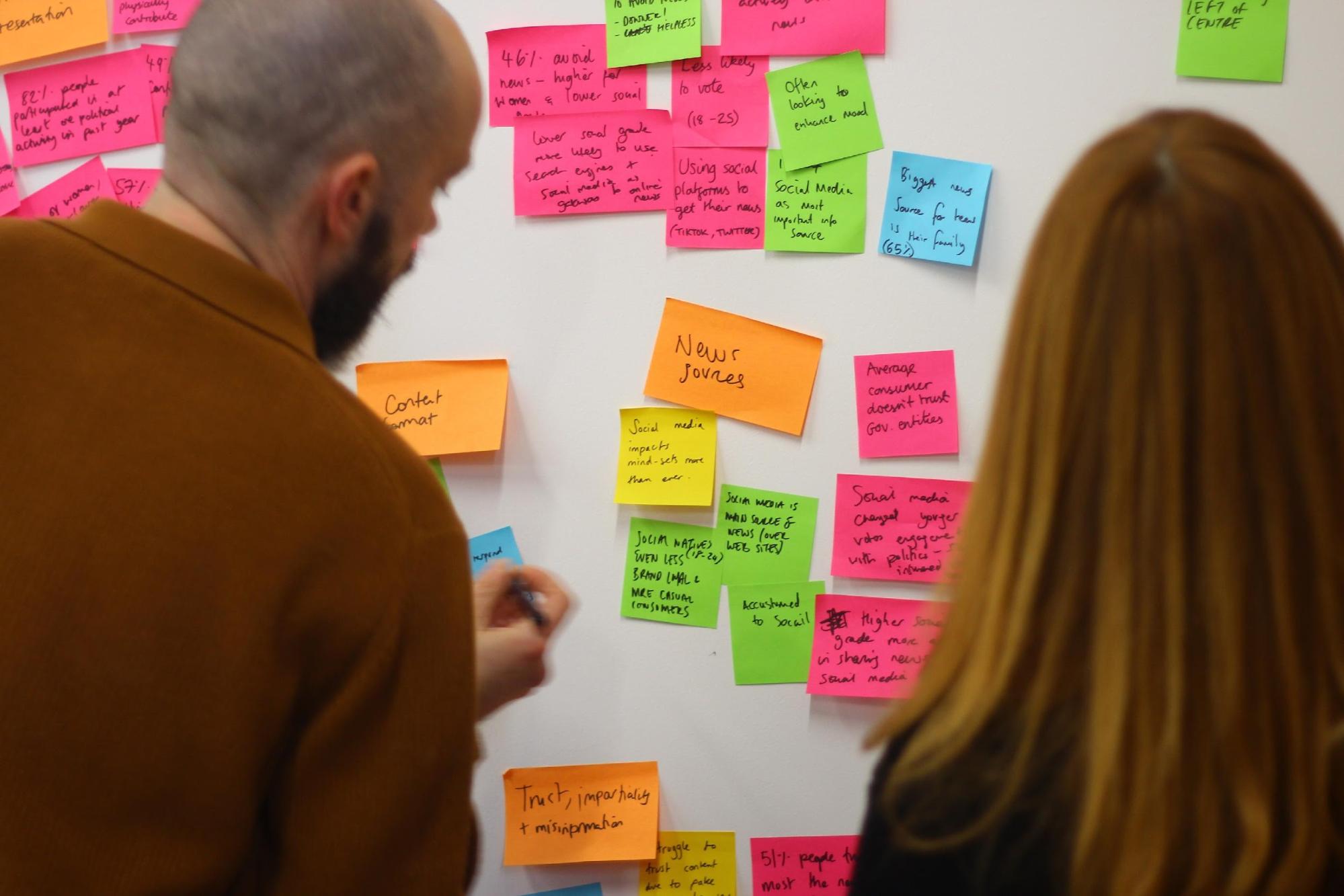
03. Deal with any power struggles
Here's how to deal with any power struggles that do arise.
- Trust the process - Try to bring in someone, be it a third party or a senior figure, to bring balance and act as an external voice. They can decide when to move the conversation on. It’s not about compromising the work – a compromise between people is how a rebrand moves forward.
- Use the audience - When you introduce the voice of the audience – customers, colleagues, partners – you can find new angles and challenge existing ideas. After all, what your audience thinks is what matters. This can often diffuse the knottiest problems or participants.
- Be a good human - Be sensitive to the source of the power struggle. It’s not always the most senior or loudest person. Sometimes, someone may quietly hold onto an idea they won’t let go of. We can’t always resolve this in the moment, but we can address this outside of the process. Spend some time with that person to find out how to move forward.
04. Optimise your ways of working
So many moving parts and stakeholders are involved in a rebrand that it can feel hectic and challenging to get things done. There are ways to optimise working methods to make it feel more efficient. Be flexible about people’s environments and time. You don’t always need to get together face-to-face. Doing things online can coax ideas from people who might not have the most to say in person.
Doing a showcase is one way to keep things moving without getting together for long periods. Invite stakeholders to see the work, ask questions, throw in ideas, and move on.
A successful rebrand is all about the shared journey. Keep collaborating, keep listening, and keep sharing. The journey that the team goes on together fosters that sense of ownership.
When you’re in that testing phase, move it beyond the conceptual and put it into a real-world situation that a user is interacting with. Moodboards and brand guidelines are great, but seeing a tangible thing live instils confidence and helps get buy-in.
If you’ve done the brand right, the purpose and behaviours should feel motivating and exciting. You need to paint a picture of the brand and show people where their ideas fit in with the process.
Not being able to get buy-in is rare and means that political challenges under the surface have hindered the entire project. The lack of buy-in is a symptom of other dysfunctions rather than an issue with the brand itself.
At this point, it’s essential to pivot the rebrand project towards something else to get people aligned. This might mean some coaching or a programme of organisational change that unlocks the problem lurking, enabling you to move forward with a motivated team.
Naturally, everyone will want to have their voice heard in the rebranding process, and it’s easy to let this cause tension and derail the project. But, by making sure that you bring people together from the start, finding ways of working that feel flexible, and taking the time to test your brand in real-world environments, you can foster a culture that feels inclusive and collaborative and creates a result that every stakeholder can see themselves reflected in.
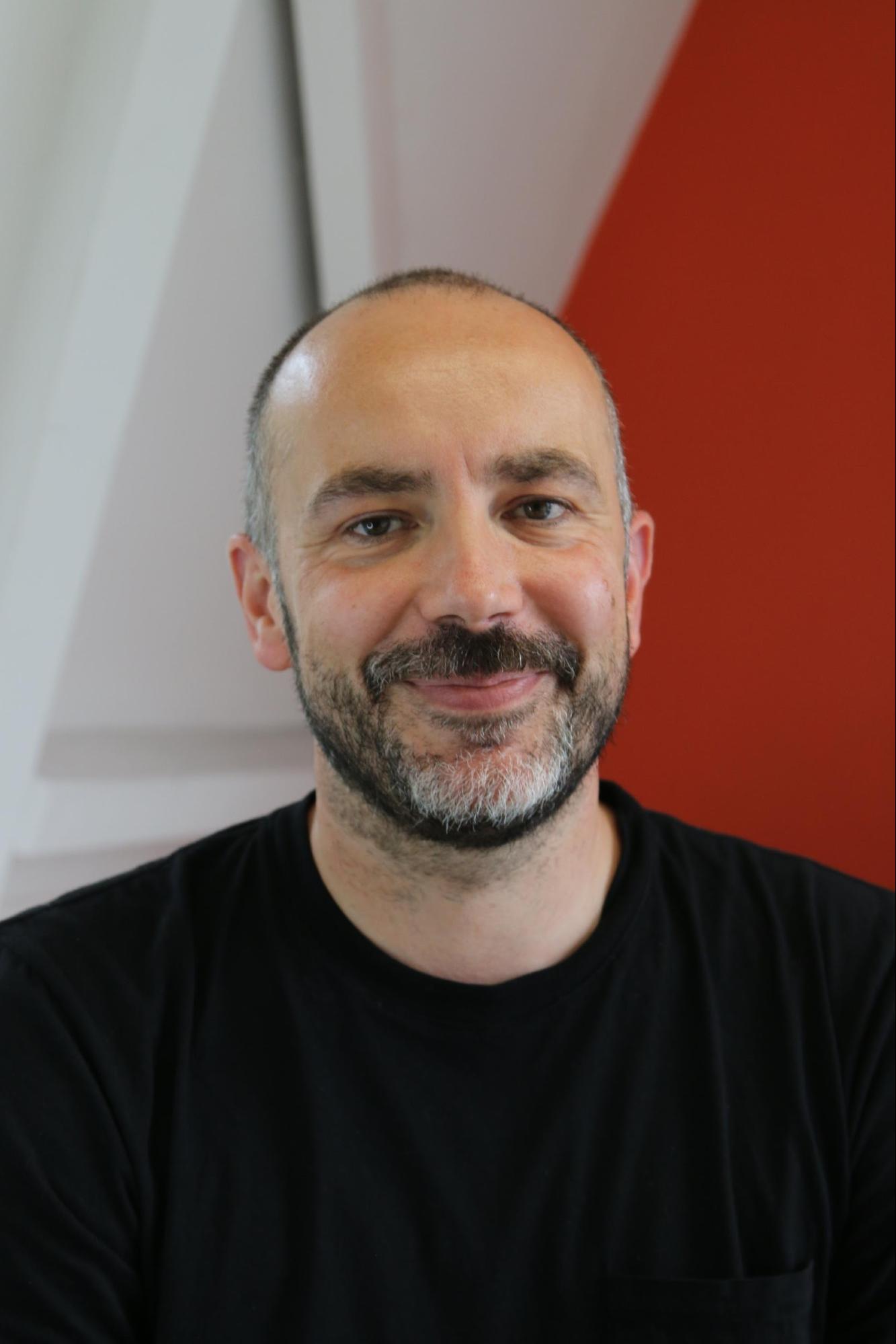
Chris has been with Code for 18 years, after spending eight years at McCann Erickson, working in media planning before running the digital department. As part of his role, Chris is responsible for heading up the 18-person design discipline, leading the creative studio in core areas including problem solving, brand and business strategy and creating design programs. He is also part of the leadership team. An average day for Chris includes leading stand-ups, workshops and 121s, talking to clients, mentoring, and presenting ideas. He enjoys finding ‘gold’ insights by having conversations with people.
